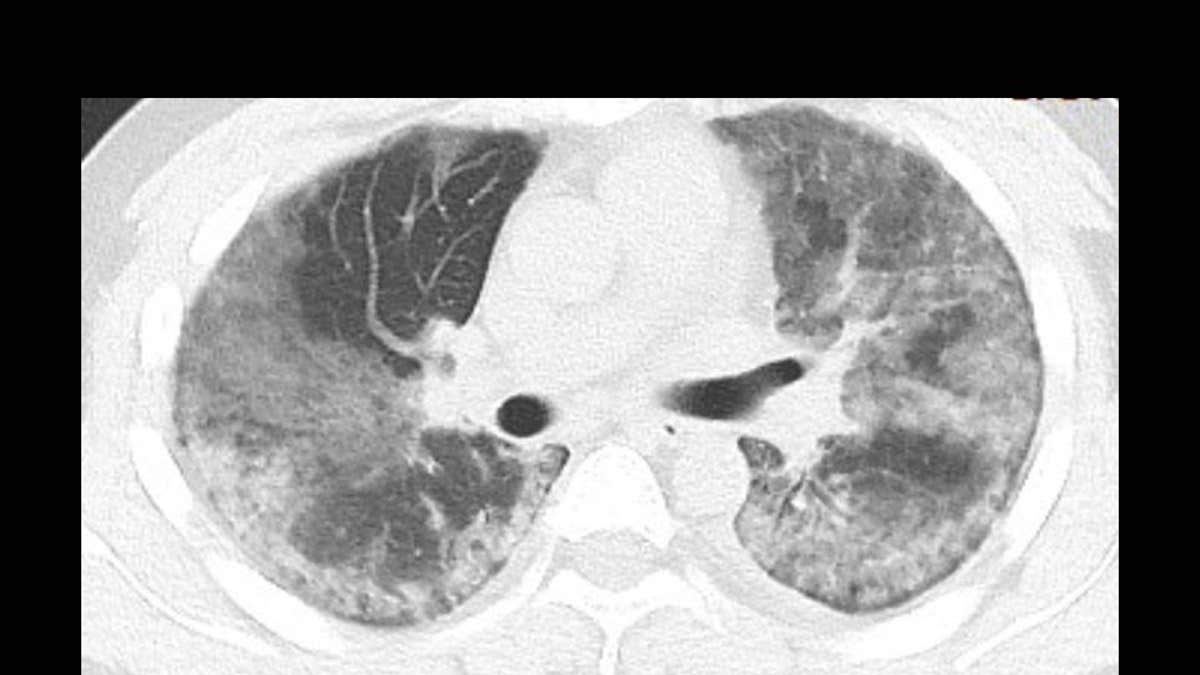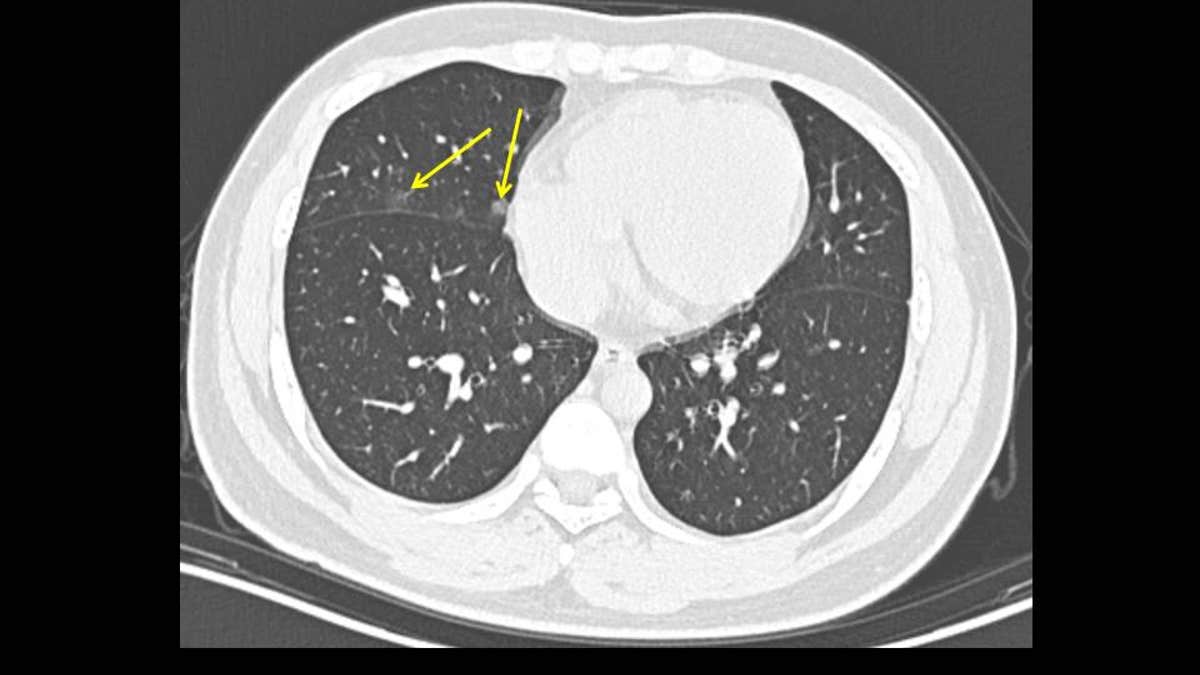NIAID director on coronavirus: We always have to be prepared for the worst
National Institute of Allergy and Infectious Diseases Director Dr. Anthony Fauci says the U.S. has to be prepared for coronavirus cases that will eventually turn into community spread.
A team of Mount Sinai doctors became the first in the U.S. to analyze CT scans of patients diagnosed with coronavirus and said that they were able to identify specific patterns in the lungs as markers of the disease as it developed over time.
The team believes that its new insight will lead to a quicker diagnosis in patients who are suspected of COVID-19 symptoms and help determine which patients with inconclusive results should be kept in isolation.
SECOND PERSON WITH CORONAVIRUS SENT TO NEBRASKA MEDICAL CENTER
The team, which published their findings in Radiology, received the scans of 94 patients in China who had been admitted to four hospitals between Jan. 18 and Feb. 2. Most of the patients had recently traveled to Wuhan or had close contact with an infected patient.

A 65-year-old male with a history of travel to Wuhan, presenting with fever and cough. CT scan obtained 11 days from onset of symptoms (late group) shows moderate lung disease with peripheral ground glass opacities in the lungs (arrows). (The Mount Sinai Hospital)
In a press release, the team noted that in 36 patients who received CT scans zero to two days within reporting symptoms, more than half showed no evidence of lung disease. In a group of 33 patients who received CT scans three to five days after reporting symptoms, the team observed patterns of “ground-glass opacities,” which became more round in shape and dense. In 25 patients who had CT scans between six and 12 days after reporting symptoms, the team noted that the images displayed “fully involved lung disease.”
In addition, they noted that the patterns found in these patients mimicked those of related coronavirus outbreaks including SARS and MERS.
CORONAVIRUS CONCERNS PROMPT UNIVERSITIES TO CANCEL STUDY ABROAD PROGRAMS
The virus has infected more than 81,000 people worldwide and been linked to over 2,700 deaths. While the majority of cases have occurred in China, at least 38 other countries have reported instances of the virus, which has led many health officials to scramble for a way to accurately diagnose patients.

A 29-year-old male with unknown exposure history, presenting with fever and cough, ultimately requiring intensive care unit admission. The CT scan image shows diffuse bilateral confluent and patchy ground-glass and consolidative pulmonary opacities, with a striking peripheral distribution in the right lower lobe. (The Mount Sinai Hospital)
The physicians noted that patients may present with nonspecific symptoms which can be difficult to diagnose as coronavirus and that an X-ray does not measure lung disease as well as a CT scan. They also said tests by the Centers for Disease Control and Prevention (CDC) could take several days to confirm, making the CT scan analysis a viable option for suspected patients, and help determine which patients should be held in isolation until the disease can be ruled out.
CLICK HERE FOR THE LATEST ON CORONAVIRUS

A 19-year-old male with history of travel to Wuhan presenting with fevers. CT scan obtained just 1 day after symptom onset shows minimal lung disease, with very small amounts of ground glass in the right lung (arrows). (The Mount Siani Hospital)
“Recognizing imaging patterns based on infection time course is paramount for not only understanding the disease process and natural history of COVID-19 but also for helping to predict patient progression and potential complication development,” lead author Adam Bernheim, MD, assistant professor diagnostic, molecular and interventional radiology at the Icahn School of Medicine at Mount Sinai, said.
Dr. Zahi Fayad, director of the biomedical and imaging and engineering institute at the Ichan School of Medicine at Mount Sinai, said his team’s findings will help advance the care for coronavirus patients.




















